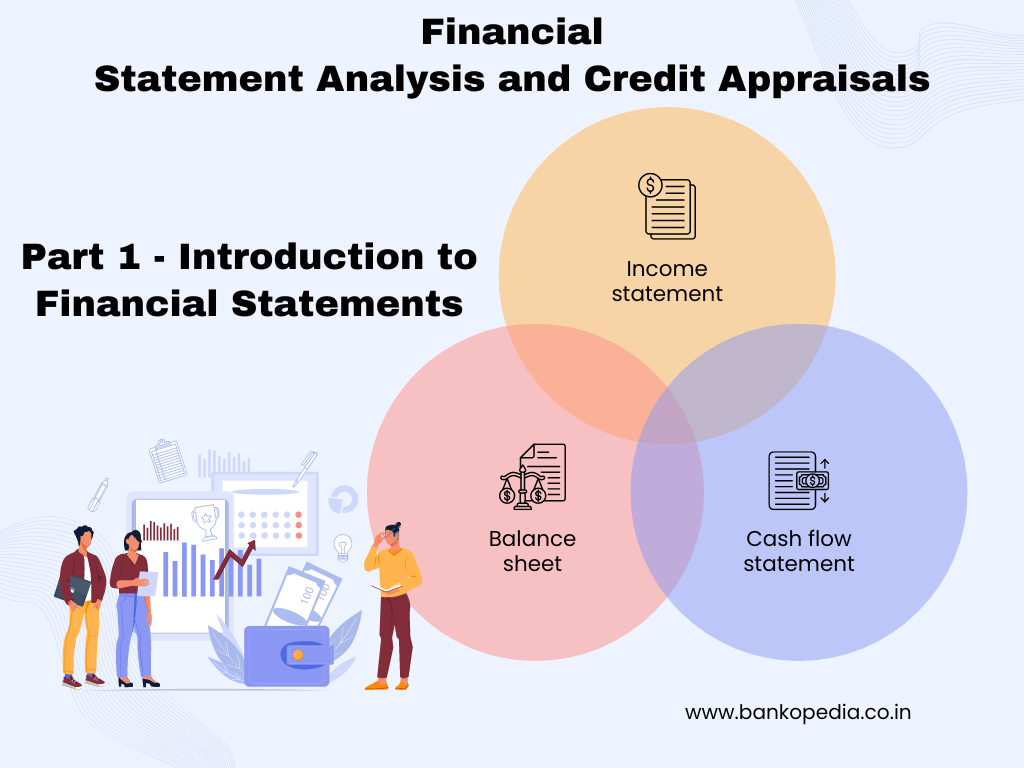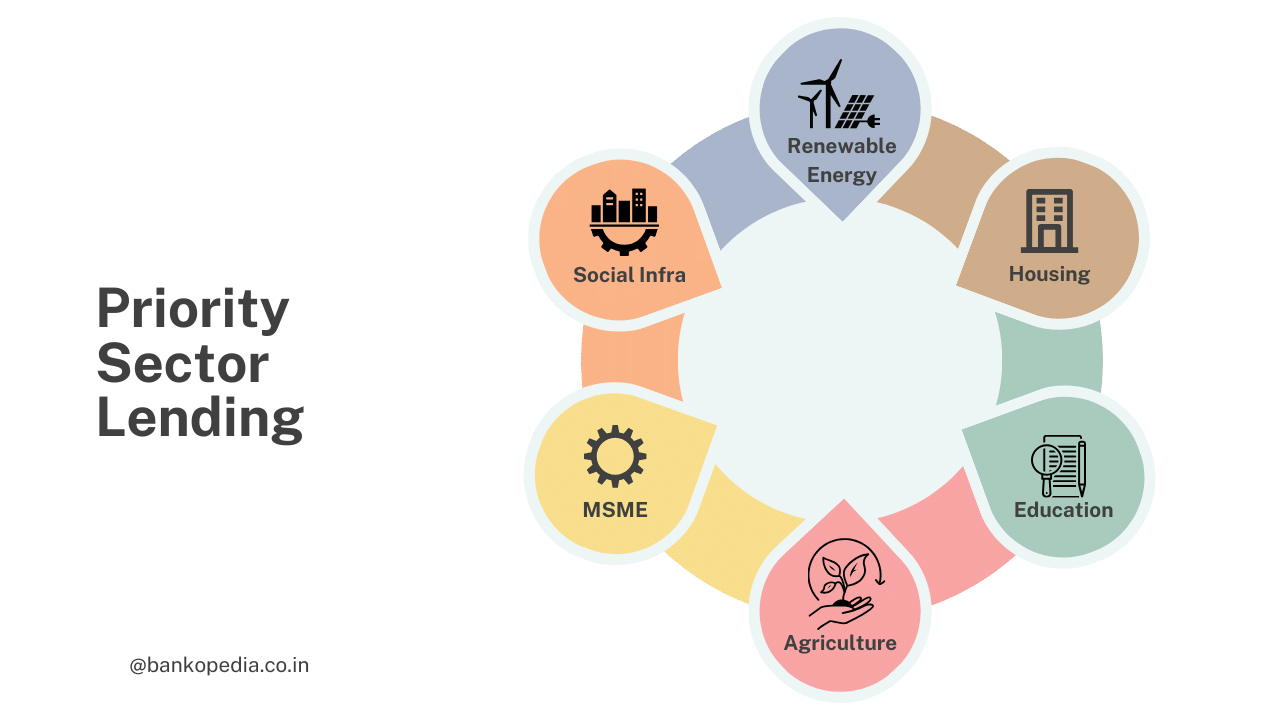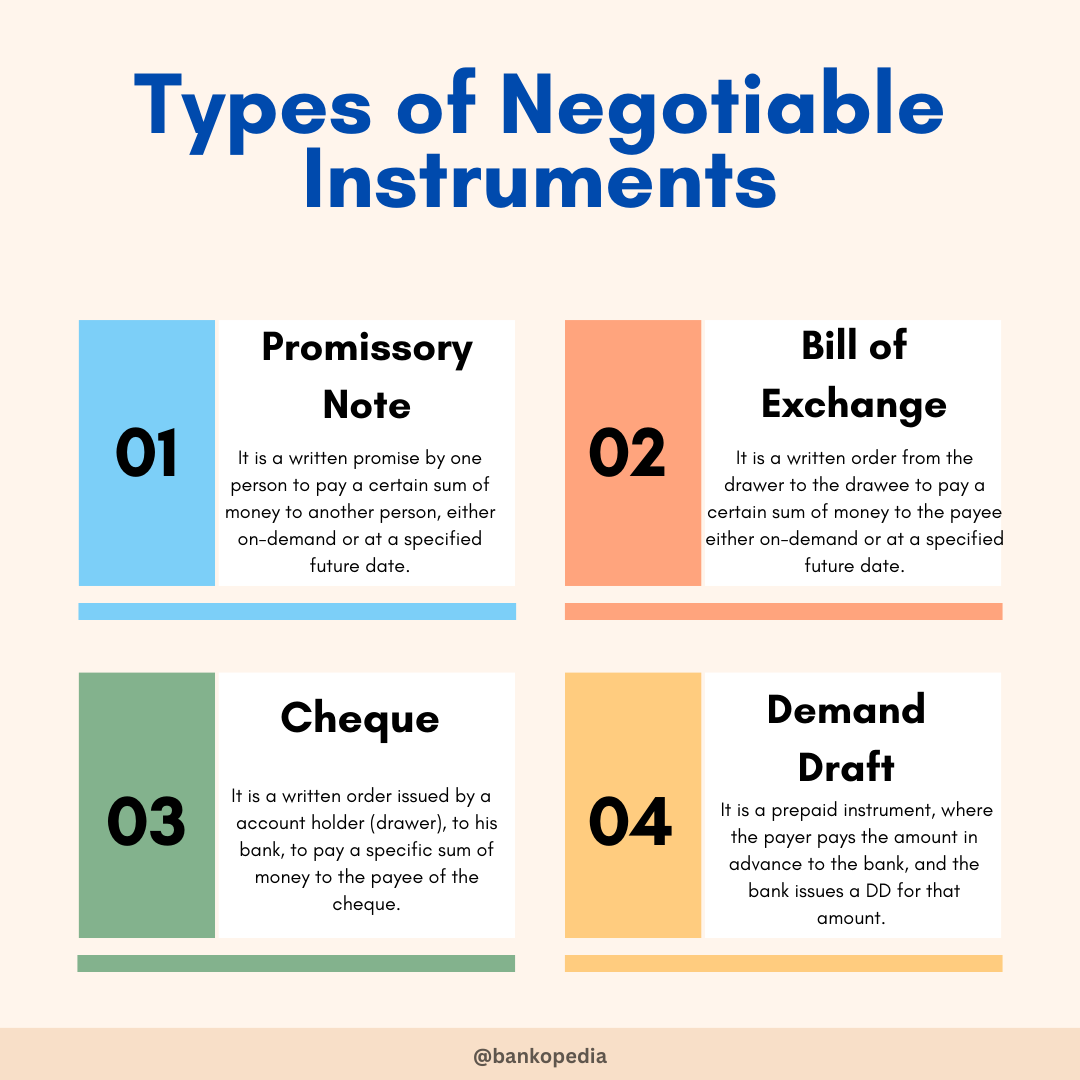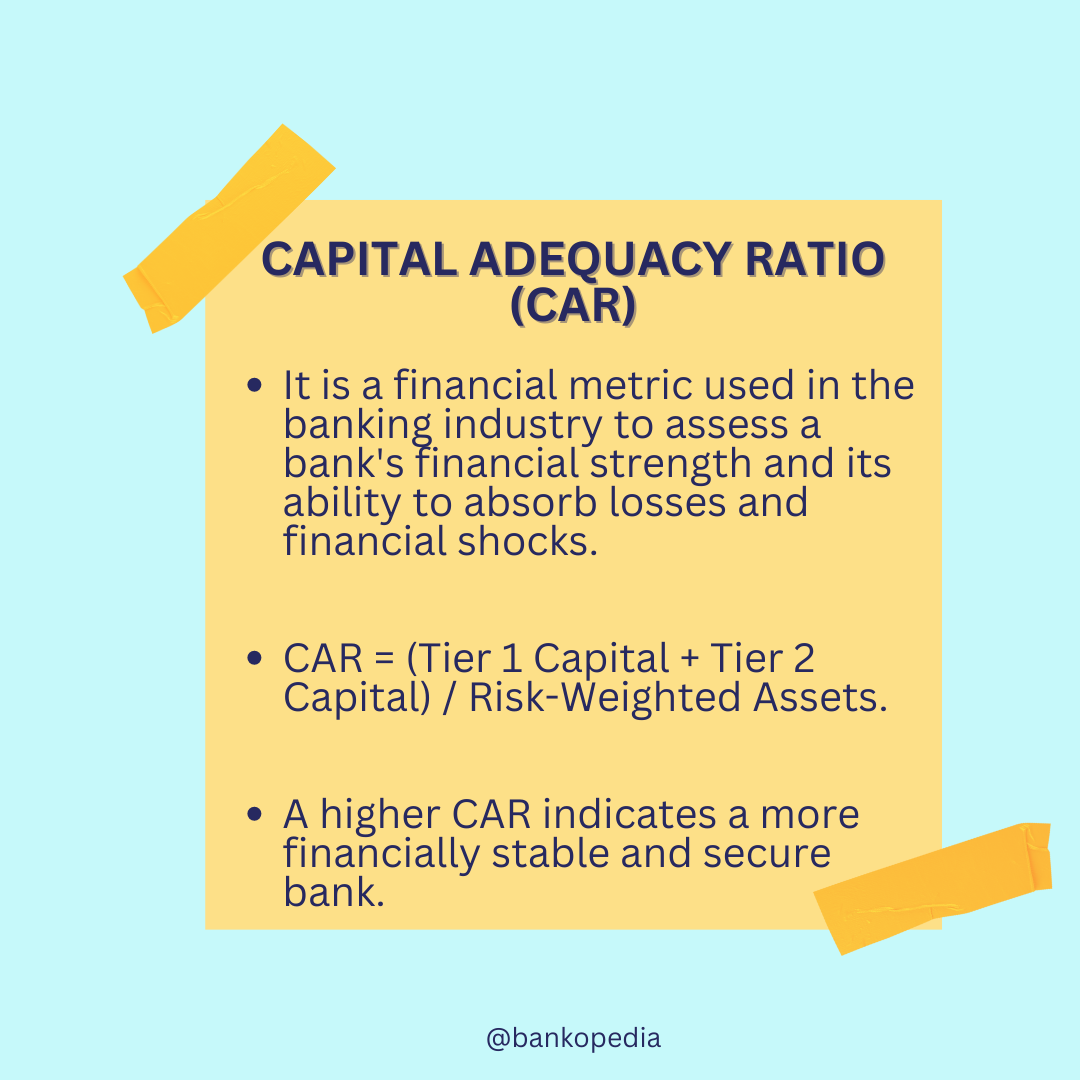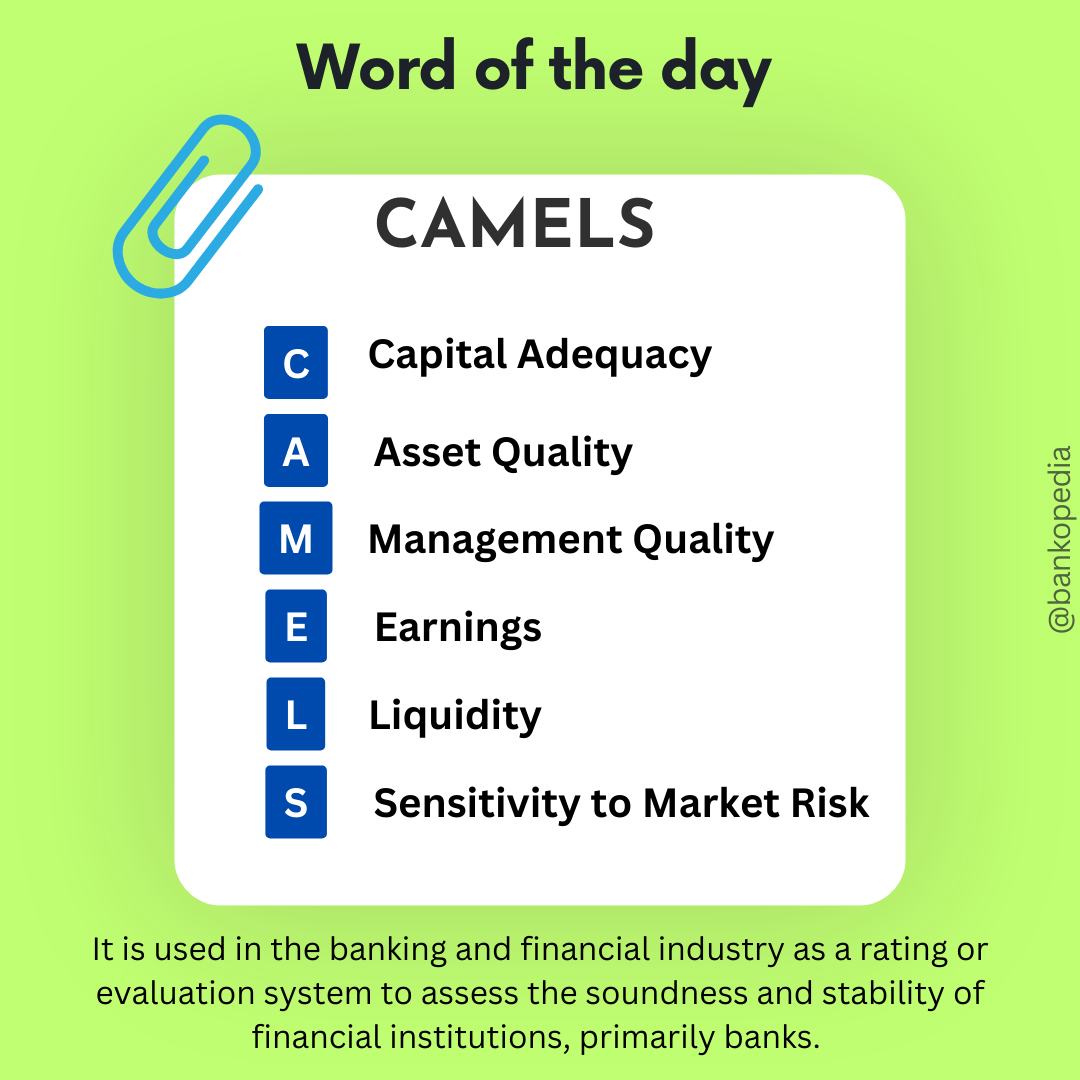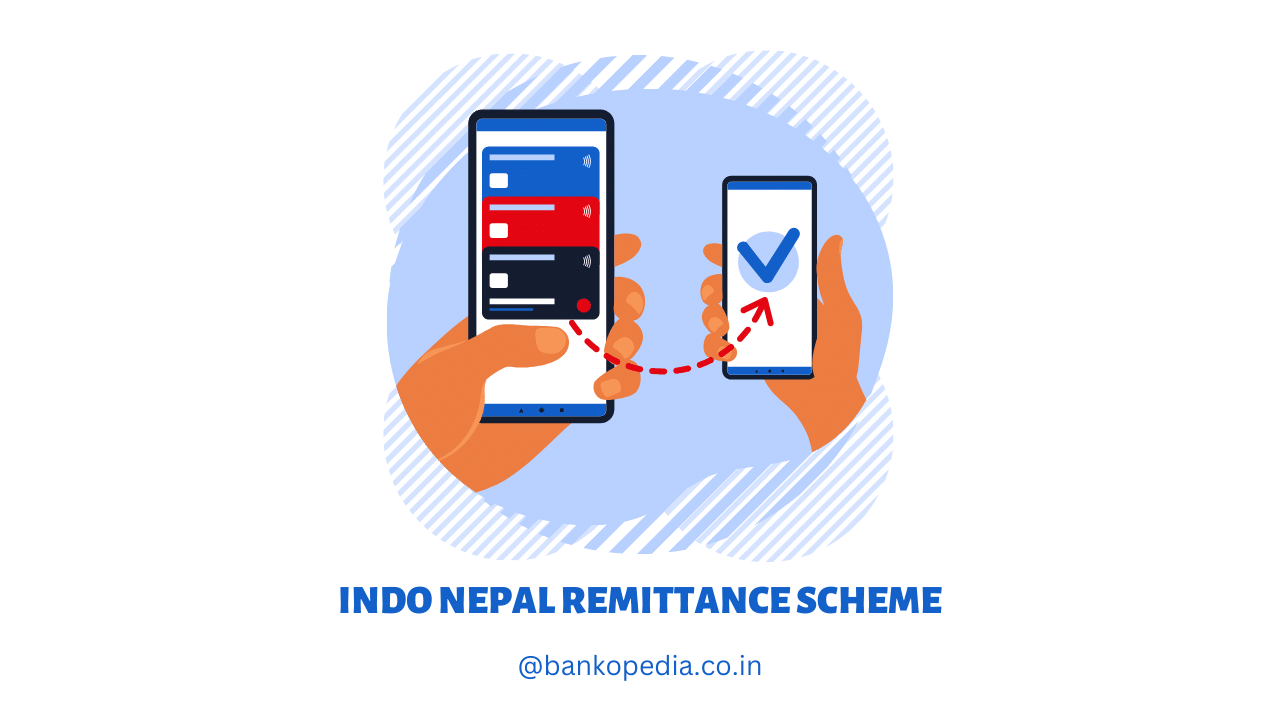Welcome to Daily Digest, your premier source for the latest news and insights on February 5, 2024, focusing on banking, the economy, and finance. Our platform offers a comprehensive overview of the day’s most critical financial stories, market trends, and economic developments. Whether you’re a professional in the financial sector, an investor monitoring market movements, or someone interested in staying informed about the economic landscape, Daily Digest provides reliable, up-to-date information
Download PDF of the article from HERE
Table of Contents
Parivesh 2.0 portal to be the default platform for all environment clearances
The Ministry of Environment, Forest and Climate Change (MoEFCC) is transitioning to Parivesh 2.0, a more advanced online portal, to manage all environmental and forest clearance proposals. This update aims to enhance transparency and efficiency in the clearance process. The move was initiated due to over 12,000 forest clearance proposals being delayed in the older version of the portal, Parivesh 1.0.
In Parivesh 2.0, features like employee mapping, GIS-based clearances, and integrated payment gateways have been introduced. Proposals stuck in Parivesh 1.0 due to inactivity for 90 days will be rejected, and fresh applications must be submitted on the new platform. Current ongoing proposals have a 150-day window to complete in the old system before mandatory migration to Parivesh 2.0.
This transition is part of the government’s efforts to speed up and bring more transparency to the environmental clearance process. Parivesh, since its inception, has been a single-window hub for online submission and monitoring of proposals, streamlining the process for proponents and regulatory authorities.
From 2018 to 2022, Parivesh has facilitated 33,533 clearances (Environmental, Forest, Wildlife, and Coastal Regulation Zone). With the upgrades to Parivesh 2.0, the MoEFCC anticipates further improvements in processing times and transparency, despite concerns from environmental experts about keeping project details publicly accessible. The government assures that essential information and committee minutes will continue to be made available, with more sensitive data accessible via RTI requests.
PLI: Govt mulling expanding scheme with over ₹40,000 crore surplus outlay.
KKKThe Indian government may redirect approximately ₹40,000 crore, saved from the underutilized ₹1.97 lakh crore Production Linked Incentive (PLI) scheme budget, into expanding the initiative to include more sectors. This decision will be based on the demonstrated effectiveness and utility of the scheme, which currently benefits 14 industries. These range from mobile and drug manufacturing to solar PV modules and drones. So far, only ₹4,415 crore has been allocated to eight sectors. Future inclusion of toys, leather, and possibly chemicals, furniture, home appliances, and specialty bicycles is under consideration, pending Cabinet approval and a thorough assessment of the scheme’s performance across existing sectors.
Paytm puts its wallet biz on the block.
Paytm’s wallet business might be sold due to the Reserve Bank of India’s ban on Paytm Payments Bank as of January 31, 2024. Paytm is reportedly in discussions with potential investors, including HDFC Bank and Jio Financial Services, to divest this portion of its operations. These talks, initiated with Jio since November 2023, have gained urgency due to regulatory challenges. HDFC, a key partner of Paytm, may strengthen its own digital wallet service, Payzapp, through the acquisition, while Jio could significantly boost its modest presence in the payments space. A broader rescue plan might even see Jio acquiring Paytm Payments Bank. Paytm, leading with 330 million wallet accounts, is facing a pivotal moment, with founder Vijay Shekar Sharma holding a majority stake in the payments bank.
SEBI may tighten rules for algo trading.
Market regulators are contemplating stricter oversight of algorithmic (algo) trading platforms by potentially requiring brokers to obtain authorization for the algo strategies employed by their clients. This move, suggested during recent discussions involving exchange officials, brokers, algo trading platforms, and the regulator, aims to bring algo platforms and strategy providers under a regulatory framework similar to that for investment advisers or research analysts, possibly including mandatory examinations. Providers may also need to validate their claimed returns through a Performance Validation Agency (PVA). Brokers have been advised to limit open API access, which allows trading outside of traditional platforms and is not monitored by brokers or approved by exchanges, raising concerns about potential market disruption. The shift towards regulation comes after warnings from the regulator to investors regarding unregulated platforms and restrictions on brokers from advertising past or expected algo returns.
Adani’s $1.2 billion copper plant to boost the country’s metal production.
The Adani Group, led by Gautam Adani, is establishing a large copper manufacturing plant in Mundra, Gujarat, with an investment of $1.2 billion. This facility aims to reduce India’s copper import dependency and support the energy transition. It will begin operations by March 2024 with a phased plan to reach a full 1 million tonnes capacity by FY29. The project, under Kutch Copper Ltd, a subsidiary of Adani Enterprises Ltd, aligns with global trends where nations like China are ramping up copper production, essential for technologies such as electric vehicles and renewable energy infrastructure. With a target to become a leading copper smelter by 2030, Adani’s initiative will address India’s rising copper demand, which is set to double by 2030, fuelled by the green energy sector. The complex will also produce byproducts like gold and silver, and support the domestic production of sulphuric acid, which India currently imports. This move could also enhance the supply of copper concentrate globally in the medium term, aligning with new exploration policies and mining projects. Adani aims for ‘green copper’ production with low emissions and a commitment to sustainable practices.
IT Dept gets ₹1,080 cr from online gaming during current FY, says CBDT Chairman
The Tax Deducted at Source (TDS) mechanism for online gaming has accrued over ₹1,000 crore in the current fiscal year, as per CBDT Chairman Nitin Gupta. Amendments in law and the 2023-24 Budget have also helped mitigate disputes in this sector. Gupta mentioned a new scheme from the Interim Budget that aims to cancel out small, unresolved direct tax demands up to ₹25,000, which could resolve over crore entries, easing taxpayer grievances and strengthening trust with the tax department. In personal income tax growth, Gupta notes that as India progresses towards a developed economy status, the increase is positive, with a rise in taxpayer compliance and technology use. With the new tax regime becoming the default from AY2024-25, it’s anticipated that 60% of individual taxpayers/HUFs will opt for it. He also highlighted the establishment of a Demand Management Centre to address tax demand issues and India’s active role in the new global tax regime discussions. From online gaming, the tax department collected around ₹1,080 crore in TDS this year, and despite legal amendments allowing loss set off, disputes are minimal. Tax collection from Virtual Digital Assets has remained flat compared to the previous year, with TDS collections amounting to about ₹180 crore this fiscal year.
MPC likely to keep repo rate on hold, say economists
The Monetary Policy Committee (MPC) of the Reserve Bank of India is anticipated to maintain the current policy repo rate at 6.5% during its forthcoming meeting due to persistent and volatile retail inflation, which exceeds the preferred threshold. Despite the presence of deficit liquidity conditions, the committee’s stance is expected to stay geared towards “withdrawal of accommodation,” reflecting an ongoing disinflationary approach. Although headline inflation is high, largely because of fluctuating food prices, there is some relief in the form of declining core inflation, which has fallen to a near four-year low, indicating a lack of demand-pull inflationary pressures. RBI Governor Shaktikanta Das has previously highlighted the necessity for vigilant monetary policy in light of unpredictable food prices and potential weather disturbances. He has cautioned against any premature policy stance changes, considering that the effects of previous rate hikes are still permeating through the economy and the inflation forecast for the following year hovers close to 5%.
Focus to be on concluding ongoing strategic sales in FY25: DIPAM secretary.
The Department of Investment and Public Asset Management (DIPAM) is prioritizing the completion of current privatization processes, specifically mentioning IDBI Bank and BEML, while not planning any new strategic sales of Central Public Sector Enterprises (CPSEs) in the upcoming fiscal year. DIPAM Secretary Tuhin Kanta Pandey noted that while no new companies are slated for Initial Public Offerings (IPOs), share sales from subsidiaries of listed CPSEs are expected. Over the past three years, the market capitalization of CPSEs, banks, and insurance firms has increased by 500%, with the government’s equity holdings growing fourfold. This growth is attributed to strong performance, growth prospects, capital restructuring, consistent dividend policy, and a calculated disinvestment strategy amidst a positive economic environment. DIPAM is also handling the privatization of CPSEs for which preliminary Expressions of Interest (EoIs) have been received. Pandey emphasized the commitment to finalizing these transactions, despite some delays due to external factors. He also mentioned uncertainties regarding the government’s stake dilution in Hindustan Zinc (HZL) due to the company’s demerger plans, which have led to setbacks and opposition from the government over valuation concerns. The Vedanta Group, which owns a majority stake in HZL, has plans for demerger that are currently under close examination by the Ministry of Mines. The budget aims to raise ₹50,000 crore from capital receipts, including disinvestment and asset monetization.
CAIT advises traders to switch from Paytm to other payment apps in light of RBI action
The Confederation of All India Traders (CAIT) has advised its members to consider alternative payment methods instead of Paytm due to the Reserve Bank of India’s (RBI) recent restrictions on Paytm’s wallet and banking activities. These curbs could disrupt financial transactions, especially for small traders, vendors, and others who routinely use Paytm for business. The RBI’s stringent actions stem from concerns over alleged money laundering and questionable transactions involving Paytm and its banking division. The central bank’s directives restrict Paytm Payments Bank Ltd from acquiring new customers, accepting fresh deposits, and engaging in any credit transactions. Paytm customers can continue using existing funds in their wallets until February 29. However, if the RBI’s stance remains unchanged beyond that date, wallet top-ups and related transactions may cease. CAIT’s Secretary General, Praveen Khandelwal, highlighted the importance of the advisory, emphasizing the need for traders to secure their financial activities in light of the RBI’s actions against Paytm.
BoM records the highest growth in deposit mobilization among PSU banks in Q3
The Bank of Maharashtra (BoM) has emerged as the top public sector bank in India in terms of deposit growth rate, achieving a 17.89% increase in the third quarter ending December 2023. This performance is notable amidst a backdrop where many banks struggle to hit double-digit growth figures. The only other bank to achieve this was the State Bank of India (SBI) with 12.84% growth. Despite SBI’s total deposits being significantly higher, BoM has shown a strong capacity for growth.
In addition, BoM has the highest proportion of low-cost Current Account and Savings Account (CASA) deposits among its peers, which is beneficial for maintaining lower costs of funds. When it comes to asset quality, BoM and SBI have reported the lowest gross Non-Performing Assets (NPAs) percentages in the industry, with BoM also reporting one of the lowest net NPAs alongside Indian Bank. BoM’s Capital Adequacy Ratio (CRAR) is the highest amongst all public sector banks, indicating strong capitalization and financial health.
For the nine months of FY’24, the cumulative net profit of all 12 public sector banks stood at ₹98,355 crore, slightly below the total profit for the entire previous fiscal year. Punjab National Bank (PNB) led the way with the highest quarterly net profit growth, followed by the Bank of India and Union Bank of India. Conversely, SBI, UCO Bank, and Punjab & Sind Bank saw their net profits decline.
All is well: FM Sitharaman rubbishes claims of Indian economy’s K-shaped’s unequal growth
Finance Minister Nirmala Sitharaman has dismissed the notion that India’s economy is experiencing a K-shaped recovery post-Covid-19, a term used to describe a situation where certain sectors grow while others decline, leading to rising inequality. She challenged the claims by asserting the economy’s broad-based growth and questioned the critics’ engagement with actual data. Despite the country’s rapid economic growth and a poverty reduction, concerns about income and wealth disparity persist. Figures like former RBI Governor Raghuram Rajan have pointed out these growing disparities. In contrast, the State Bank of India’s Economic Research department refutes the idea of a K-shaped recovery, citing a decline in income inequality as measured by the Gini coefficient and noting an increase in the income share for those earning less than Rs 3.5 lakh. Post-pandemic, there has been a trend of households redirecting savings towards physical assets like real estate. Sitharaman has previously called out those who suggest a K-shaped recovery, challenging them to substantiate their claims.
India seeks greater market access for steel, rice, shrimp from S Korea
India is negotiating with South Korea to obtain greater market access for its products, specifically steel, rice, and shrimp, aiming to enhance exports within the framework of the Comprehensive Economic Partnership Agreement (CEPA). The talks are part of the ongoing efforts to upgrade the free trade agreement initiated in January 2010, with the 10th round of discussions currently in progress.
India has expressed concerns regarding South Korean companies operating in India preferring to source steel from Korean producers, affecting Indian steel companies negatively. India has also highlighted the issue of competitive pricing being a factor in these procurement decisions.
For rice, India is challenging the current quota system under which it falls into the ‘others’ category with a meager quota of 20,000 tonnes out of a total tariff rate quota of five lakh tonnes. The major share is divided among five countries: China, Australia, the US, Thailand, and Vietnam. India is pushing to either be included in the country-specific quota category or have its quota increased, especially given the steep 513% import duty on rice by South Korea.
In terms of shrimp, India is facing a 5% import duty and is looking for reductions to improve its market position.
Conversely, South Korea is seeking better market penetration in India for its auto components and chemicals sectors. Both nations are hopeful that the CEPA upgrade will bolster economic ties. However, India remains concerned about the significant trade deficit with South Korea, noting a decrease in exports to South Korea and an increase in imports from there in the fiscal year 2022-23.
Karnataka: Companies must tie up with insurers for gratuity compliance, employers’ body seeks time
Karnataka has introduced the Karnataka Compulsory Gratuity Insurance Policy Rules, 2024, requiring private companies to partner with insurance firms to secure their gratuity obligations. Companies, shops, establishments, and factories with over 10 employees fall under these rules. Larger companies with 500 or more employees have the option to manage their gratuity commitments through existing trusts. The initiative aims to protect approximately seven million workers, guaranteeing gratuity payment in case of company closure or financial difficulties. Employers benefit from income tax exemptions on the premium paid and interest earned. The scheme also aims to reduce disputes over gratuity payments and instill confidence in employees regarding their gratuity rights. Gratuity becomes payable after five years of service, except in cases of disability or death. The Karnataka Employers Association has suggested a phase-in approach for the regulations due to the anticipated initial financial impact on businesses. Meanwhile, Quess Corp’s CEO has lauded the move for its potential to increase formalization in the labor force and ensure timely statutory gratuity payments to employees. The regulation aligns with a 1987 amendment to the Payment of Gratuity Act, 1972, and similar schemes have already been implemented in Maharashtra, Telangana, and Kerala.
IOB Puts MSME Bad Loans on the Block, Eyes 60% Debt Recovery
Indian Overseas Bank (IOB) is selling off non-performing loans from its micro, small, and medium enterprise (MSME) portfolio. The sale involves 41 accounts with a collective value of ₹208 crore. IOB is aiming to recover 60% of the outstanding debt and has called for bids, proposing a settlement structure that includes 20% payment in cash and 80% in security receipts (SRs).
Interested buyers must submit their expressions of interest by February 9, with the e-bidding process scheduled for February 21. Bidders are advised to propose a 5% premium on the base bid, which is split into a 20% cash component and an 80% SR component. The expected recovery from this sale is around ₹125 crore, which is 60% of the total book value of the loans.
To place a counter bid, the starting amount is set at ₹132 crore, which is a 5.34% increase from the initial bid of ₹125.3 crore, maintaining the 20% cash and 80% SR structure. This move by IOB is part of a broader strategy to manage and reduce the burden of bad debts from its balance sheet.
India targeting 15-20% share of global electronic GVCs by FY26: MoS IT
Union Minister of State for Electronics and Information Technology, Rajeev Chandrasekhar, discusses India’s strategy in electronics and deep tech sectors, emphasizing the country’s evolution in the global value chains (GVCs). He mentions that India’s invisibility in the electronics GVC in 2014 has been transformed to a point where it is now close to reaching a $300 billion production target by FY26, with an ambition to secure a 15-20% share of the global electronics market.
The mobile device manufacturing sector, bolstered by the Production-Linked Incentive (PLI) scheme, serves as an example of India’s potential as an export-led manufacturing hub. Chandrasekhar points out that value addition in electronics is a volume game and should be considered in terms of gross value add rather than per unit.
The minister also addresses the concerns regarding the high input tariffs compared to China and Vietnam and acknowledges the finance minister’s move to rationalize duties to make India a competitive exporter.
Regarding semiconductors, Chandrasekhar highlights ongoing evaluations of credible fab proposals and packaging units, indicating a positive response after the approval of the Micron plant. He assures that if the current allocation of Rs 6,000 crore is insufficient, they can seek additional funds.
On the domestic front, Chandrasekhar underscores the government’s support for Indian electronics brands and predicts their resurgence in the market. Although he does not guarantee exact timelines for achieving the $300 billion target in electronics, the commitment to making India a leading name in global electronic GVCs is firm.
Discussing artificial intelligence (AI), Chandrasekhar believes that AI will create new jobs and roles, maintaining that the government will ensure AI is used responsibly, with legal accountability. He asserts that existing and upcoming laws, like the Digital India Act, will sufficiently address the challenges posed by AI without the need for a separate AI Act.
Chandrasekhar expresses confidence that India will play a significant role in the technology sector, including AI and semiconductors. He refers to the $12 billion research and innovation fund announced in the interim budget as a significant contributor to India’s tech advancements, indicating collaboration with other nations to lead global technological progress. The minister remains optimistic about overcoming any remaining disparities with China and says that the necessity of extending the PLI scheme will be evaluated as needed.
Sluggish participation by foreign companies lowers oil revenue estimates.
The Indian government has reduced its revenue collection projections from the petroleum sector for FY25, acknowledging the tepid response from foreign companies in the exploration and production (E&P) segment. Despite offering more flexible conditions and a globally recognized dispute resolution mechanism, foreign participation remains limited.
The interim Budget anticipates non-tax revenue of Rs 15,933 crore from the petroleum sector in FY25, which is lower by 38% from the initial expectations for FY24 and also sees a decline from actual collections in the previous two fiscal years.
Efforts to attract foreign investment include making India’s sedimentary basin data accessible through a data center at the University of Houston, which has seen visits from major international oil firms.
The revenue estimates are also influenced by the size of the latest Open Acreage Licensing Policy (OALP) bid round, which was smaller than expected, offering 28 blocks for exploration. OALP’s ninth round, aiming to double the area under exploration, attracted bids from domestic companies like ONGC, Oil India Limited, and a consortium including Reliance Industries Ltd and BP Plc.
The government’s goal to have 1 million square kilometers under exploration by 2030 is underway, with significant progress over the past five years. Measures to ease exploration include pre-approved clearances, self-certification, and fewer licensing requirements. These steps aim to streamline the process and encourage more domestic and international companies to engage in oil and gas exploration in India.

